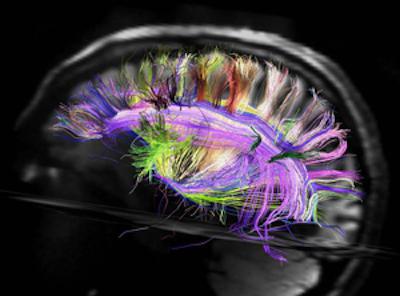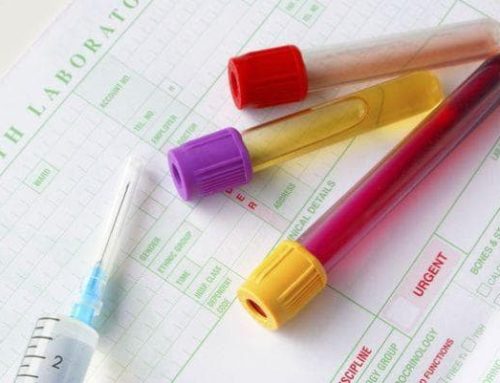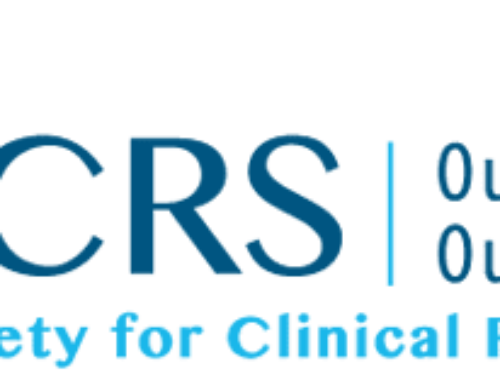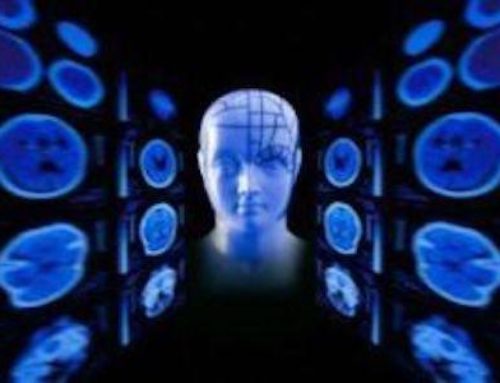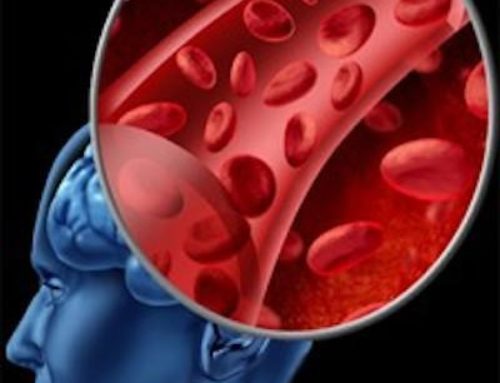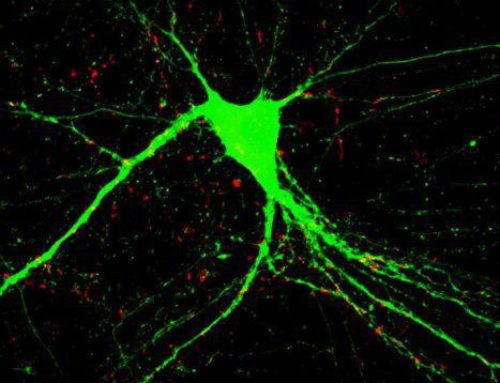It has been 10 years since Dr. Tom Insel, director of the National Institute of Mental Health (NIMH) first started attending events held by NAMI. In that time, research on mental illness has continued to grow and new and more effective treatments for mental illness have been developed. But, as Dr. Insel stated in his presentation at NAMI’s 2012 National Convention in Seattle this past July, there is still no perfect method of treatment; we still do not have a cure.
While other illnesses have seen vast improvements in their recovery rates, for individuals living with mental illness, the recovery rate has not improved dramatically. Twenty years ago AIDS was essentially a death sentence. If you contracted AIDS you measured your life expectancy in months. However, the most recent figures find that if someone contracts HIV and develop AIDS by age 19 or 20 he or she will probably die of heart disease in their 60s or 70s.
Unfortunately for mental illness, the current reality is not as optimistic. We are still diagnosing these illnesses by observations rather than using biomarkers, the method the rest of medicine world uses to identify illnesses. Consequently, treatment often doesn’t arrive until late in the course of the illness. This lack of timely treatment has led neuropsychiatric disorders to become the leading cause of disability in the world, more than heart disease, cancer or injuries.
“But it’s not just morbidity, it’s mortality,” says Dr. Insel. The latest data from the Center for Disease Control (CDC) shows that nearly 36,000 Americans die by suicide each year, virtually all are thought to be a result of mental illness, more than twice the number of homicides and more than number of traffic fatalities.
In the military, suicide has become a true crisis. Since 2009, more soldiers have been lost to suicide than combat. Posttraumatic stress disorder (PTSD), traumatic brain injuries (TBIs), depression and suicide are quickly becoming the signature wounds of the current wars in Afghanistan and Iraq.
The mortality of mental illness does not only refer to suicide, however. It’s also the high rate of other medical conditions, such as pulmonary disease and cardiovascular disease that develop because of smoking, drug use and other problems related to lifestyle that resulted because of mental illness.
So why haven’t we done better? Why with all the treatments, such as psychotherapy and medication, have recovery rates not improved?
Many reasons have been put forward but the most loudly stated and often cited is the lack of access to services; people simply don’t have the ability to get the best treatments. New data from Great Britain seems to suggest otherwise. Although everyone has access to healthcare is in the U.K, the outcomes for individuals living with mental illness, however, are almost exactly the same.
The other reason for a lack of positive results that has been put forward is the stigma associated with mental illness. While Dr. Insel agrees with the conceptual reason behind addressing stigma, it is a word that he tries to avoid. “It’s sort of a victim word,” says Dr. Insel. “I think what we’re trying to do is to get people more empowered and trying to talk about this more as discrimination or injustice.” By reimagining the battle more as discrimination as opposed to stigmatization, he believes more positive results will be seen.
According to Dr. Insel the reason we have not seen better results is that we simply do not know enough. Mental illnesses are complicated problems and we are still at a very early stage in trying to understand them. “In many ways we are about where cancer was 35 or 40 years ago or where heart disease was 45 or 50 years ago,” claims Dr. Insel. “We are still learning to navigate around a new area of research.”
Mental illnesses] are brain disorders and by that I don’t mean you have a tumor or a lesion but that they are disorders of circuits. These are brain circuit problems,” says Dr. Insel. It’s is not a question of behavior but of the genetics of the organ, the brain in this case.However, Dr. Insel asserts that are path we have been taking should be changed. He believes we should rethink the way we conceptualize behavioral, or mental, health. Those terms, behavioral health and mental health, may in fact be getting in the way. The language we have only refers to the behavioral cognitive problems associated with the illness. “It would be like calling ischemic heart disease a chest pain problem,” states Insel.
“The brain is incredibly resilient… behavior is the last thing to go,” says Dr. Insel. Trying to treat a mental disorder by addressing behavior is difficult and not the most effective method. By that time, the illness is already in Stage IV of its development and symptoms have begun to show, the brain has already been deeply impacted. The warning signs of an impending illness (stage II) have already passed and the first episodes have already occurred (stage III). As with heart disease, if you wait until the last thing happens—a heart attack in the case of heart disease—outcomes aren’t good
But there is hope. Strides are being made and research is being conducted that allows for more accurate images of the brain that in turn have allowed us to examine the different levels of an illness. Instead of addressing merely the behavioral manifestations of the brain disorder, we can hopefully begin to address the illness in the prodromal, or beginning, stages. Looking at the behavioral symptoms is still important but we need to find out what’s going on at the level of physiology, at the level of cells and genes and molecules, to get a much more comprehensive picture.
Long-range studies by NIMH such as the North American Prodrome Longitudinal Study (NAPLS) and Recovery After an Initial Schizophrenia Episode (RAISE), which address Stage II and III respectively, have begun to look at mental disorders at the initial onset of symptoms in hopes to provide more effective treatments.
New techniques such as diffusion spectrum imaging have allowed scientists to begin to map the neural fiber pathways of the brain. While these methods are still in their infancy they show promise. They allow us to decode the “bowl of spaghetti” as Dr. Insel puts it. With the new technologies we can now begin to see into that mass in the middle. Dr. Insel hopes that by the end of this year we will be able to tell what the actual connectivity is between two parts of the brain. Ultimately being able to discover what is exactly different between individuals with depression and individuals with schizophrenia, what part of the brain changes with treatment.
“For the first time we can begin to say, ‘So this is what depression looks like… these are the parts of the brain that are involved in PTSD or the parts that are involved in OCD [obsessive-compulsive disorder] or schizophrenia,’” says Dr. Insel.
New forms of treatment, such as the use of video games, are now being used to target specific processes and ultimately change the neural circuitry of the brain. With the new technology we can finally begin to move past merely describing mental illness by its physical descriptions and instead begin to identify particular circuits in the brain that aren’t working the way they should be. Ultimately, as Dr. Insel notes, we will probably discover that depression is not just depression. Rather, we might discover that it is a collection of many disorders that affects distinct parts of the brain.
For Insel, the understanding of mental illness as a neurodevelopmental disorder is key. Continued research on the early stages of the development of mental illness will result in treatments that can truly begin to address the core of the problem rather than focusing on mitigating the visible expressions of the illness.
Research into the circuits of the brain is not the only thing to be done, Dr. Insel notes. It’s not just a matter of getting clearer pictures of the brain, identifying the neurons, cells and structures in the brain. Evidence has continued to show one thing, over and over: “If you look at those things that help to build resilience… one of the best is simply by getting families involved.” It’s not just all the brain talk that’s important, it’s the human talk too.
You can access the audio and slides from Dr. Insel’s session for free by going to www.nami.org and then clicking on the tab “Speaker Slides & Audio.”

